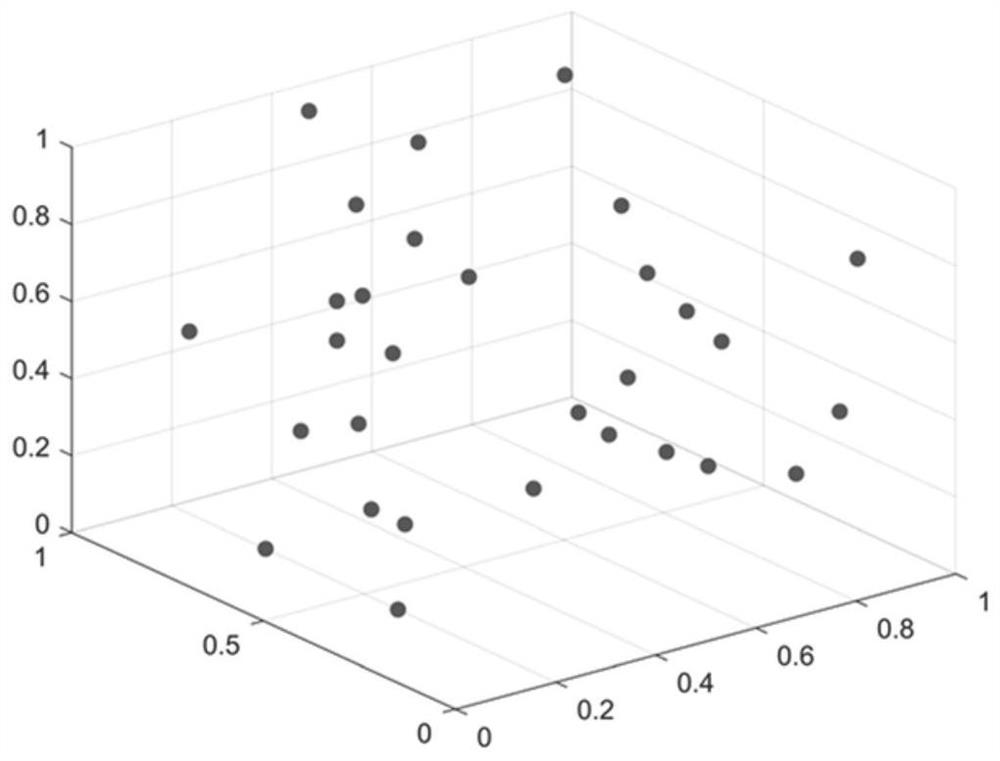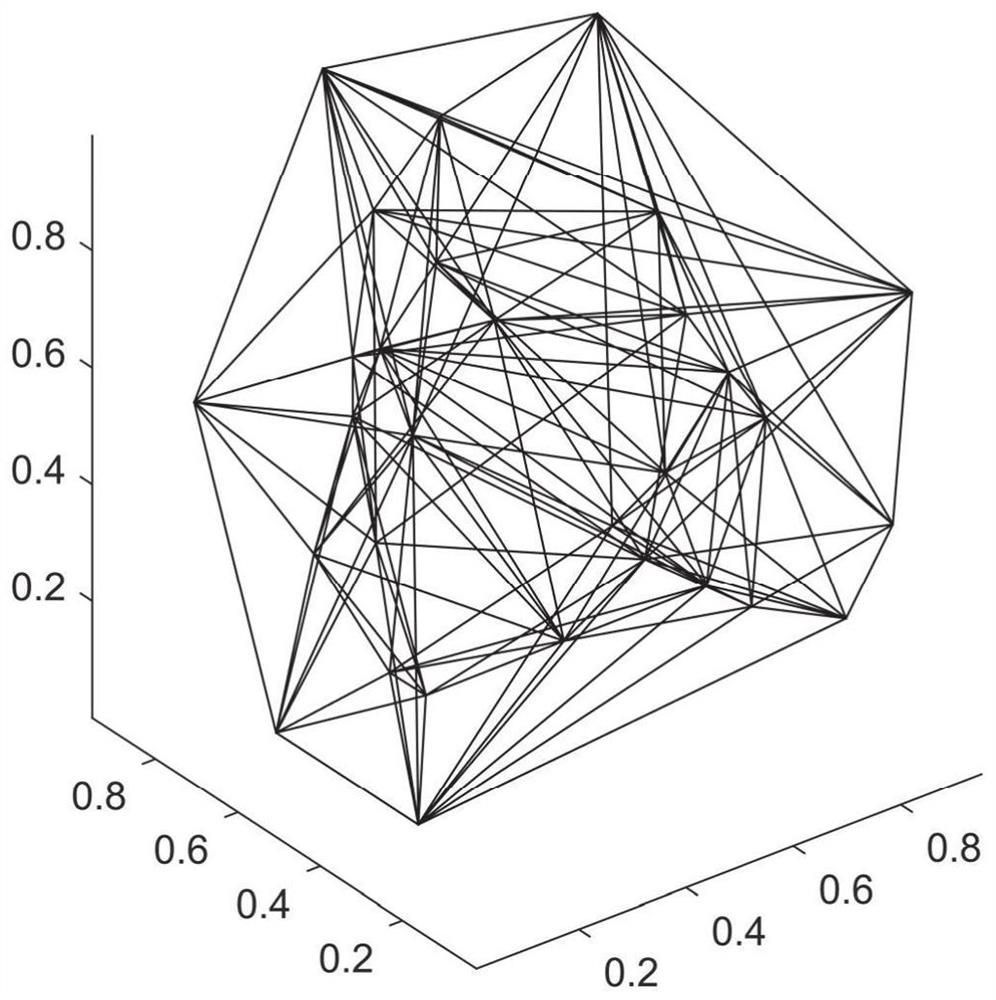Radar reflectivity data fusion method based on Dialon Fresnel triangulation
A technology of triangulation and radar reflection, applied to instruments, character and pattern recognition, computer components, etc., can solve the problems of error accumulation, cumbersome and repetitive workload, etc.
- Summary
- Abstract
- Description
- Claims
- Application Information
AI Technical Summary
Problems solved by technology
Method used
Image
Examples
Embodiment 1
[0057] refer to figure 1 It is a kind of radar reflectivity data fusion method based on Dillonne triangulation, comprising the following steps:
[0058] S100: Read the reflectance data information of multiple radars, perform preprocessing, improve the quality of the reflectance data participating in the fusion, and form a reflectance data point set; then perform step S200;
[0059] In this embodiment, the reflectivity data of multiple radars are received, and some of the reflectivity data detected by the radars are invalid data. Therefore, before data fusion, it is necessary to delete invalid data and perform data preprocessing. The preprocessing includes The reflectivity data are smoothed and filtered in turn, supplemented with missing measurement points, removed isolated data points, and removed invalid data points to improve the quality of reflectivity data detected by each radar; The coordinates of each distance library (the minimum resolution unit of radar reflectivity d...
Embodiment 2
[0082] In this embodiment, the application effect of the radar reflectivity data fusion method based on Dirone triangulation of the present invention is described in detail:
[0083] This embodiment adopts one of the reflectivity data interpolation algorithms commonly used now: self-adaptive Barnes interpolation method and Dilongne triangulation algorithm of the present invention carry out comparative experiment; Figure 5-Figure 8 ,in, Figure 5 and Figure 7 They are the schematic diagrams of the fusion effect of reflectivity data of the adaptive Barnes interpolation method on the 3Km and 4KM height layers; Figure 6 and Figure 8 It is a schematic diagram of the reflectivity data fusion effect on the 3Km and 4KM height layers of the tetrahedral barycenter interpolation method based on Dilonne triangulation in the present invention. According to these four figures, it can be known that the reflectivity fusion results are at the two heights. The effect is not much differen...
PUM
 Login to View More
Login to View More Abstract
Description
Claims
Application Information
 Login to View More
Login to View More - R&D
- Intellectual Property
- Life Sciences
- Materials
- Tech Scout
- Unparalleled Data Quality
- Higher Quality Content
- 60% Fewer Hallucinations
Browse by: Latest US Patents, China's latest patents, Technical Efficacy Thesaurus, Application Domain, Technology Topic, Popular Technical Reports.
© 2025 PatSnap. All rights reserved.Legal|Privacy policy|Modern Slavery Act Transparency Statement|Sitemap|About US| Contact US: help@patsnap.com



